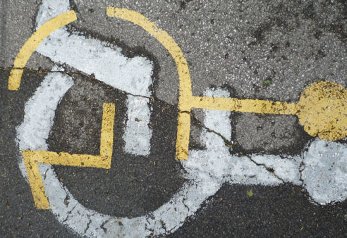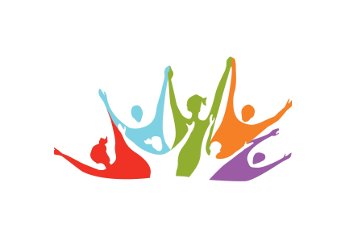The arts have been heralded as a panacea for all kinds of problems. Arts- integrated school curricula supposedly improve academic performance and student discipline. For many, the arts revitalize neighborhoods and promote economic prosperity. Participation in the arts improve physical and psychological well-being. The arts could provide a catalyst for the creation of social capital and the attainment of important community goals. Given these claims, the question arises of how to elaborate the causal mechanisms through which the arts have an impact, that is the intervening factors that connect a particular arts activity with a specific outcome). Three aspects of the arts typically highlighted in the literature: direct involvement in arts organizations, especially that which entails personal engagement in some form of creative activity (most often associated with community arts programs and the use of the arts in education); participation in the arts as audience (mostly associated with cognitive ability, cultural capital and health improvement arguments, as well as economic impact studies of the arts i.e., whether the arts have an economic impact by drawing audience dollars from outside the community); and the presence of arts organizations in a community (mostly associated with economic impact studies and social capital arguments). The opinion of six art agents
Related Articles
the film The Sessions, and more
discover an exemplary foundation
how the software of Fernando Botelho improves thousands of lives
A prince’s fight for the youth
the work of the Prince’s Trust
Change and the world changes with you
In her article for OLBIOS, Caroline Heider, an international development expert, writes on what really matters and how growth can be too much of a good thing. Aligning Incentives to Count What Matters
ethics and the memory of past medical monstrosities
Show this film to every student!
watch the work of 46 Uncommon Heroes
The art workshops of Pass the Crayon
the spectacular journey of Tostan
How do you reintegrate the 200.000 imprisoned young people of Brazil?
the strategy of Carlos Andre Abreu Carneiro
![]()
STAY IN TOUCH
SUBSCRIBE TO OUR NEWSLETTER
AND RECEIVE OUR LATEST STORIES










